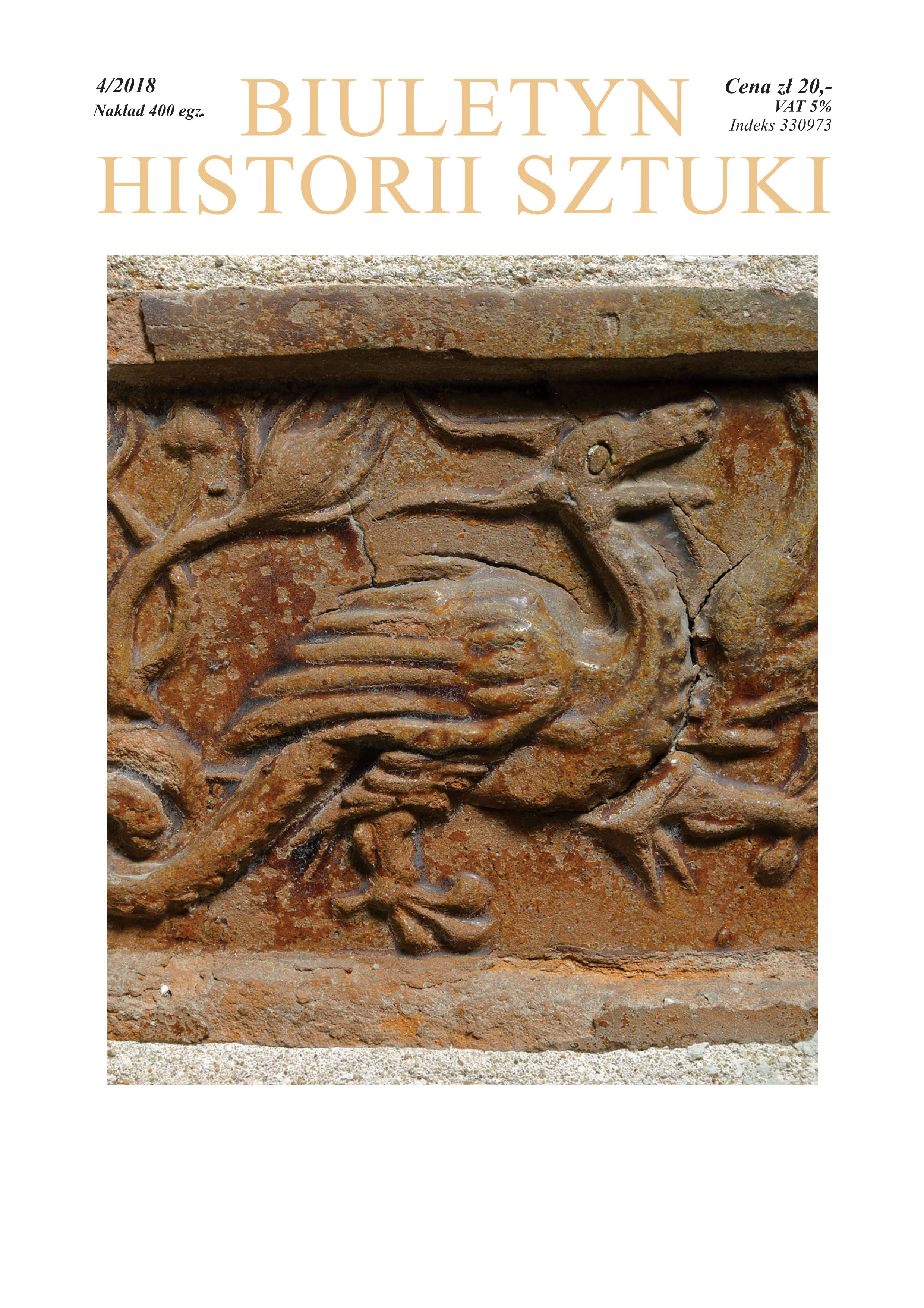Polskie stowarzyszenia artystyczne w Wilnie lat 30. XX wieku
Polish Artistic Associations in Wilno in the 1930s
Author(s): Dariusz KonstantynówSubject(s): Fine Arts / Performing Arts, Visual Arts, Sociology of Art, History of Art
Published by: Instytut Sztuki Polskiej Akademii Nauk
Keywords: Vilnius (Wilno), Polish Art Accociations in the 1930s; 20th century Polish art;
Summary/Abstract: Polish Artistic Associations in Wilno in the 1930s In the paper the history and activity of several associations created among the Polish artistic circles in Wilno in the 1930s are discussed; these including the Wilno Society of Independent Artists (Wileńskie Towarzystwo Niezależnych Artystów Sztuk Plastycznych, 1930-40), Artistic Brotherhood (Bractwo Artystyczne, 1929-33), Artistic Cooperative (Spółdzielnia Artystyczna, 1933-34), Cooperative of the Wilno Artists (Spółdzielnia Pracy Artystów Wileńskich, 1937-39), ‘Wilno Group’ Society of Artists (Towarzystwo Artystów Plastyków ‘Grupa Wileńska’, 1937-39), as well as organizations whose goal was to support the activity of artistic movements, and the promotion of fine arts in society: ‘Museum of Contemporary Art in Wilno’ Association (Stowarzyszenie ‘Muzeum Sztuki Współczesnej w Wilnie’, 1931-39), Council of Wilno Artistic Associations (Rada Wileńskich Zrzeszeń Artystycznych RWZA, 1932-39), and the Wilno Society for the Promotion of Fine Arts (Wileńskie Towarzystwo Szerzenia Kultury Sztuk Plastycznych, 1937-39). The history of the Wilno associations established in the 1930s by artists testifies to the fact that a generational change had occurred among the artistic circles there. Painters, sculptors, and graphic artists. educated already at the Department of Fine Arts at Stefan Batory University, whose career beginning coincided with the tough years of the economic crisis, organized themselves at the onset of the 1930s first of all to facilitate overcoming their own career and economic challenges. Such was the goal of the Artistic Cooperative or the Cooperative of Wilno Artists. It was only afterwards, in the late 1930s, that ‘situational groups’, meant to assist artists in them gaining a position among the artistic circles, appeared, these including the ‘Wilno Group’ or the informal Team of Wilno Artists (Zespół Artystów Wileńskich, 1939) established with an exhibition in mind. Meanwhile, the associations dealing with, among others, organization of artistic life and taking care of art should be regarded as attempts at establishing institutionalized forms of collective patronage: social ‘superior bodies’ meant to support and coordinate, and thus indirectly supervise activities undertaken by artists themselves. In this respect the establishment of RWZA was of particular impact; with the institution becoming a model for similar organizations established in 1934: the Toruń Council of Academic and Cultural Associations of Pomerania (Rada Zrzeszeń Naukowych i Kulturalnych Ziemi Pomorskiej), the Poznań Union of Artistic and Cultural Associations (Zrzeszenie Związków Artystycznych i Kulturalnych), as well as the Bydgoszcz Artistic and Cultural Council (Rada Artystyczno-Kulturalna).
Journal: Biuletyn Historii Sztuki
- Issue Year: 80/2018
- Issue No: 4
- Page Range: 827-858
- Page Count: 32
- Language: Polish
- Content File-PDF

